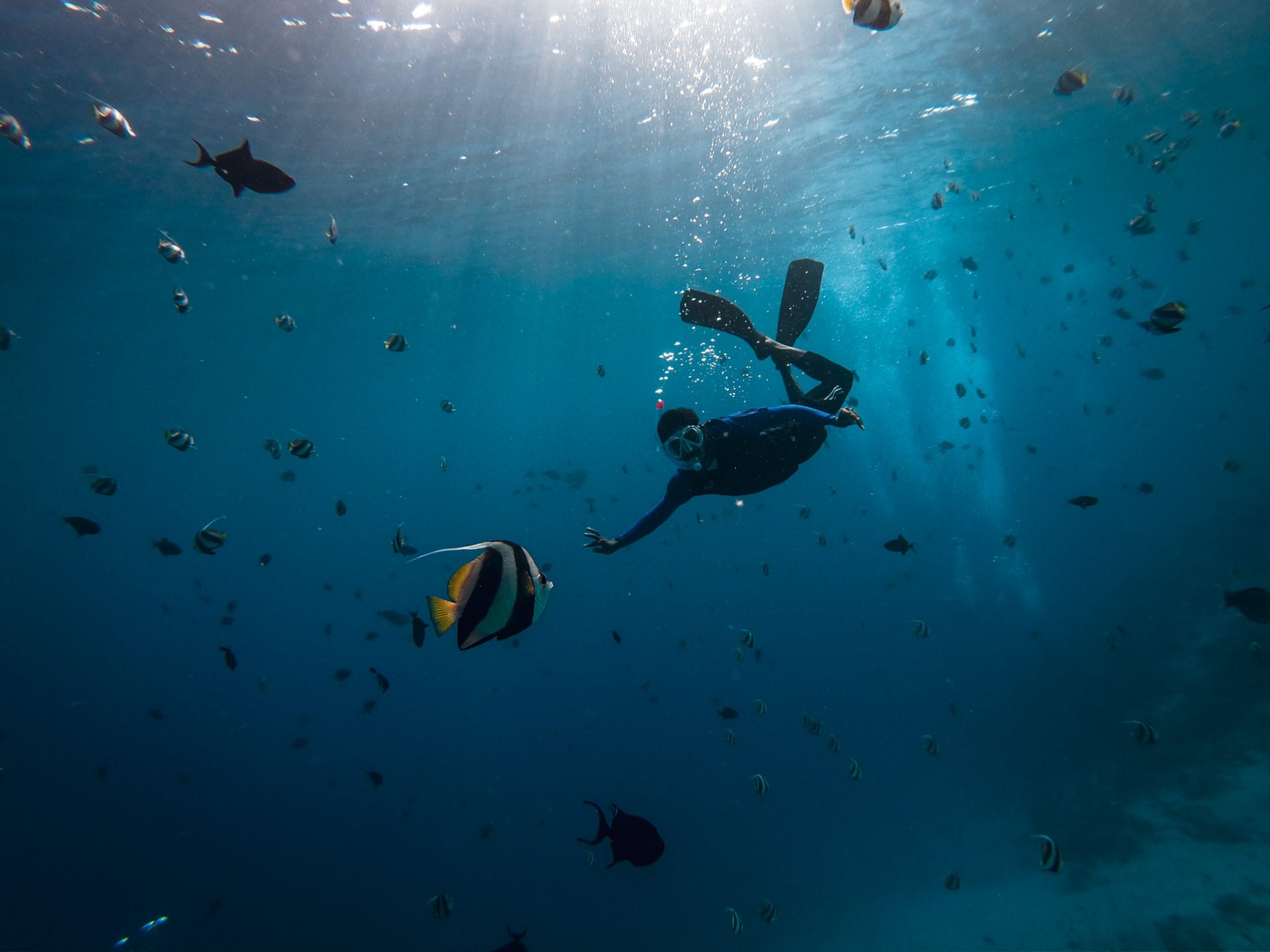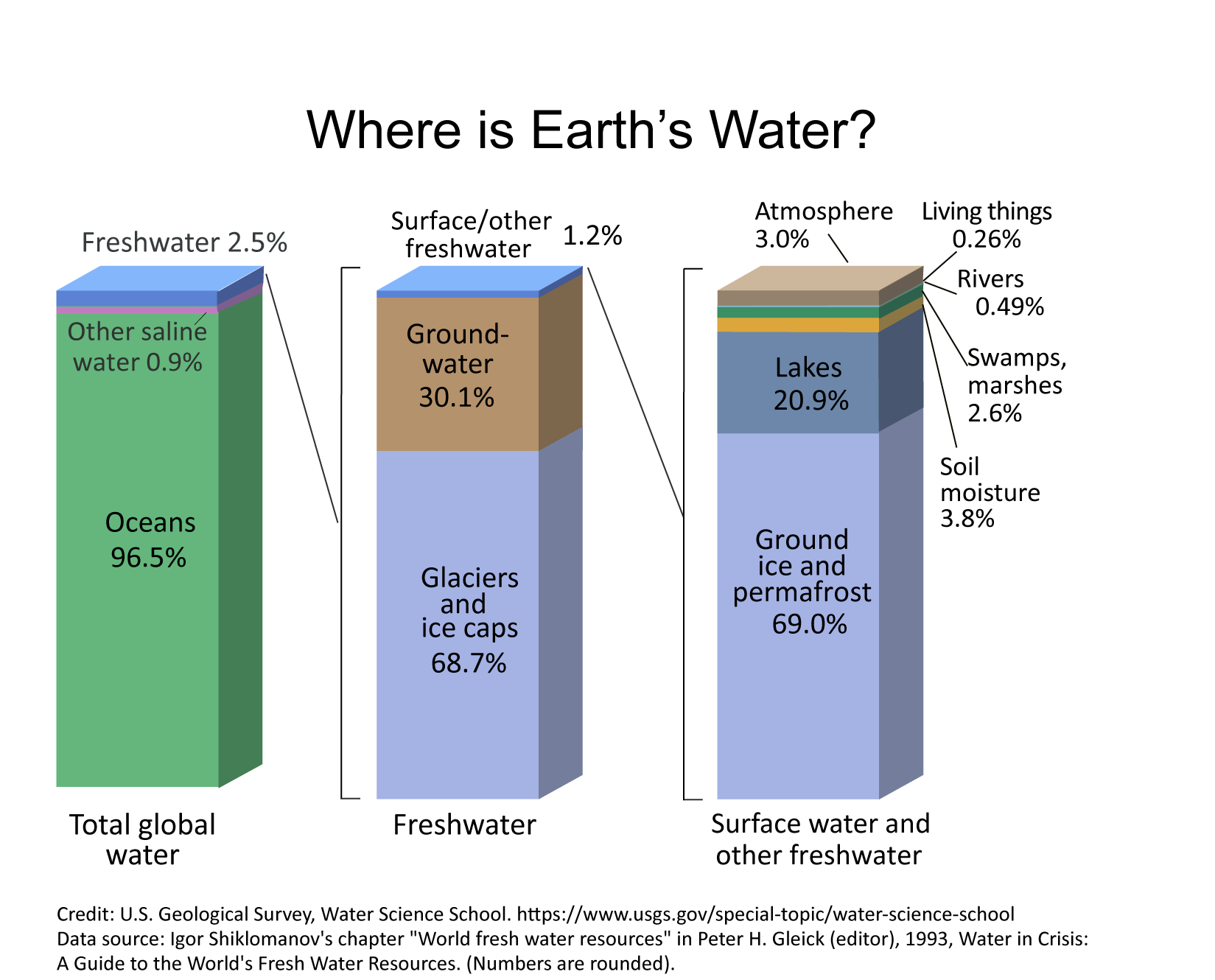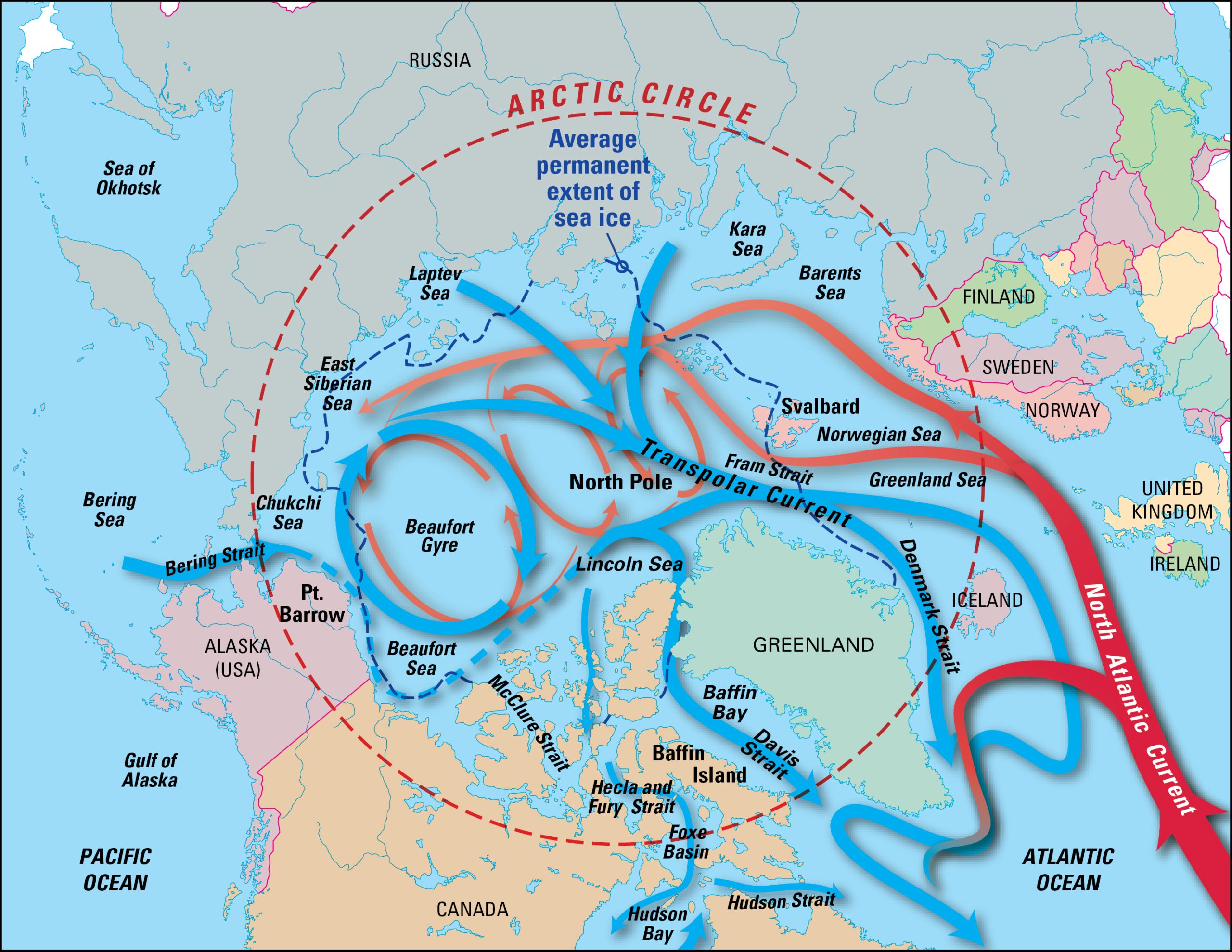The African Oceans Large Marine Ecosystems
Our Areas of operation
Marine Resources Management
Our innovative Marine Resources Management service leverages cutting-edge technology, research, and practical solutions to address the challenges facing our oceans today.
Climate Change & Biodiversity
Our service focuses on innovative solutions that safeguard ecosystems, enhance resilience, and promote sustainability in the face of environmental change.
Ocean Pollution & Human Health
Our service addresses the critical connections between the health of our oceans and the well-being of individuals and communities around the world.
Extreme Events & Disaster
Latest News and Updates
Latest Ocean Articles
5 reasons you should care about our ocean
Our ocean is in serious trouble. Heating, pollution, acidification, and oxygen loss pose serious threats to the health of the ocean
The ocean covers 71% of the Earth’s surface.
It also holds about 96.5% of all Earth's water – that's a volume of 320 million cubic miles! The globe illustration
The ocean influences and regulates Earth’s climate, acting like the planet’s ‘heart.’
Ocean currents circulate vital heat and moisture around the globe, similar to the human circulatory system. Physical oceanic processes like the



